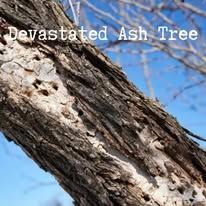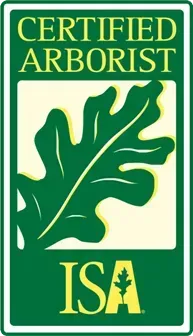Tree Pests, Diseases and Abiotic Disorders
The focus of Tree Huggerz Inc is always on the preservation of trees. In order to nurture their growth, longevity and vitality, an attentive Plant Health Care plan is essential. But even before that, a basic understanding of the common pests, diseases, and abiotic disorders affecting our local community will help get you started in the right direction. Use this page like an encyclopedia to help you recognize some of the most detrimental local threats to our trees and plants.

See anything that looks familiar to you? Perhaps you’ve seen it on your own property? Give us a call today! We’ll arrange for a Certified Plant Health Care Technician to visit your property for a formal diagnosis and then create a tailor-made wellness plan. Together, we can help cultivate a healthy canopy expanding over our beloved community for many years to come.

Common Local Pests
Click on the name to learn more about each of these local pests!
Diseases and Other Issues
Click on the name to learn more about each of these diseases and issues facing your trees!

